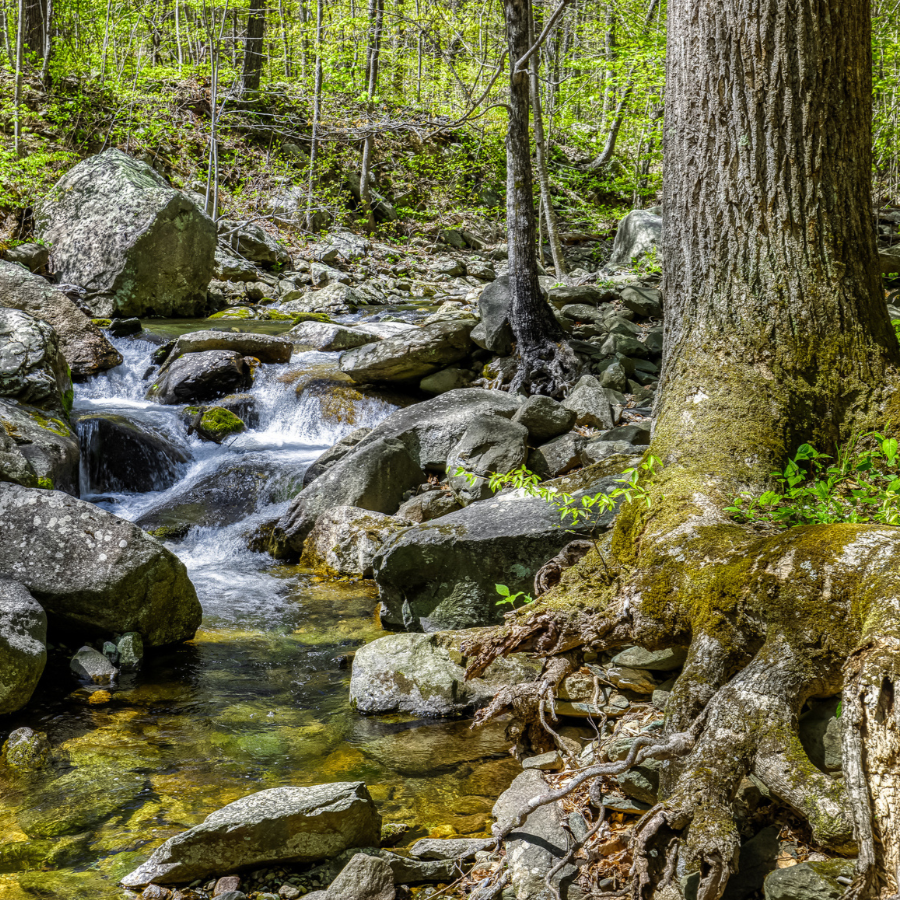5 strange creatures you wouldn't expect in the Potomac River
/From eels to moss animals learn something new about what inhabits our local waters
Bryozoa on a stick
Photo credit: Kirill Ignatyev CC BY-NC 2.0
You might be curious about what lies beneath the surface of the Potomac River. Many people first think of fish like shad or bass, but there are more aquatic animals inhabiting these waters than what typically comes to mind. There are several unusual creatures that help keep the Potomac’s ecosystem balanced.
The exciting news is that many of these intriguing species are making a comeback, indicating a healthier, cleaner river! This shows that Potomac Conservancy’s efforts hosting cleanups are continuing to have a positive impact by helping keep their habitats trash- free. Let's dive into some fun facts about these little-known Potomac River animals and their uncommon traits.
Sea Lamprey
This creature is one of the most recent discoveries in the river. In fact, a sea lamprey was found by a Tik Toker which inspired a discussion on whether the fish is a native or invasive species. But what is a sea lamprey? It’s a fish with a long, slender body, and they have over 100 teeth!
Adults will latch on to other fish using all those teeth and suck their blood. It’s not yet clear if the species is invasive or native. Scientists say that sea lampreys are native because the fish will come to fresh water to lay eggs. Others warn that they can be invasive and pose a threat to local fish due to being a predator. Regardless, the species is very sensitive to pollutants, so their presence indicates a cleaner river!
Sea lamprey showing its teeth
Photo credit: NOAA Great Lakes Environmental Research Laboratory CC BY-SA 2.0
Horseshoe Crabs
This creature is one of the oldest in the Potomac region. In fact, Horseshoe crabs have been around since before the dinosaurs. Unlike sea lamprey, this may be one animal you’re familiar with or seen at the beach. But did you know horseshoe crabs have blue blood? Their blood is not only blue but also has medical significance, it could have even been useful in the search for COVID-19 vaccine.
However, there are synthetic alternatives that also protect the body from harmful bacteria, just like horseshoe crab blood. Even though you may think you know this animal well: Horseshoe crabs are not even crabs! They’re more closely related to spiders or scorpions. Regardless, they’re still a very important part of the Potomac ecosystem, as their eggs are an important food source for many other native species, including migratory birds.
Horseshoe crab in the sand
Bryozoa
Now let's talk about the strangest animal of them all, Bryozoa also known as Moss Animals. While they may look like alien eggs, they’re not eggs at all and are completely harmless, because they can barely move.
Bryozoa are thousands of little organisms that form one large Jello-like colony. This colony is sedentary, often forming on kelp or a stick in the water. They’re important to the ecosystem because they’re a food source for slugs and fish and are filter feeders. Bryozoa also are very important to scientists because they produce medicinal chemical, bryostatin-1, which is being researched for its usefulness in fighting cancer, Alzheimer's disease, HIV and more.
Bryozoa in water
Photo credit: Karen Montgomery CC BY-NC-ND 2.0
Bull Sharks
This animal is a lot larger than the others we just discussed. They actually can get up to 11.5 feet long and 500 pounds. If you haven’t already guessed, we’re talking about bull sharks! Yes, there are bull sharks in the Potomac River.
They’re unique because they swim to fresh water to give birth. Most sharks are only able to survive in salt water but because of how bull sharks kidneys work and having specialized glands in their tails they are able to survive in fresh water.
Bull shark swimming
Eels
Another interesting freshwater find in the Potomac River is eels! However, their numbers are very low due to pollution, overharvest, and loss of habitat. That means this is a species where conservation efforts are extremely important.
Eels do the opposite of bull sharks; they swim to the ocean to release eggs and live predominantly in fresh water. These creatures are critical to the Potomac ecosystem because they transport mussels on their back, and mussels are filter feeders that help keep the water clean. Eel bodies are covered in mucus, which reduces friction from currents and protects them from pathogens, which may make them an ideal “taxi driver.”
Person holding an eel.
Photo credit: Chesapeake bay Program CC BY-NC 2.0
All of these animals and many more are an important part of our river. Each has rippling effects on the ecosystem of the entire Potomac Region. Join a cleanup to make sure these creatures continue to have a healthy habitat. Be sure to keep an eye out to spot any of these unusual creatures in the Potomac River and tag us on Instagram if you see one!













